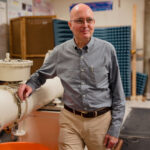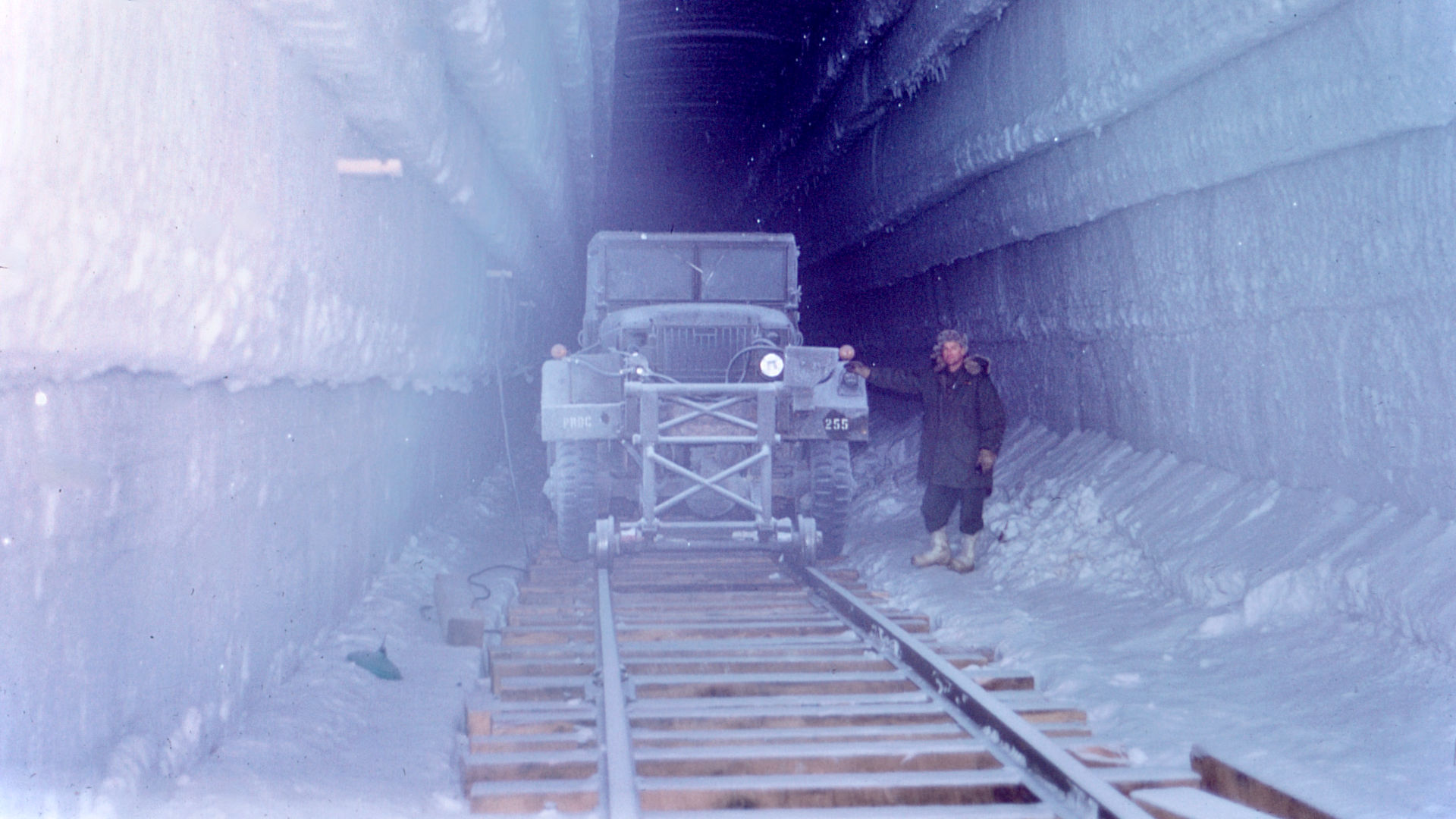In recent years, the Arctic has become a magnet for climate change anxiety, with scientists nervously monitoring the Greenland ice sheet for signs of melting and fretting over rampant environmental degradation. It wasn’t always that way.
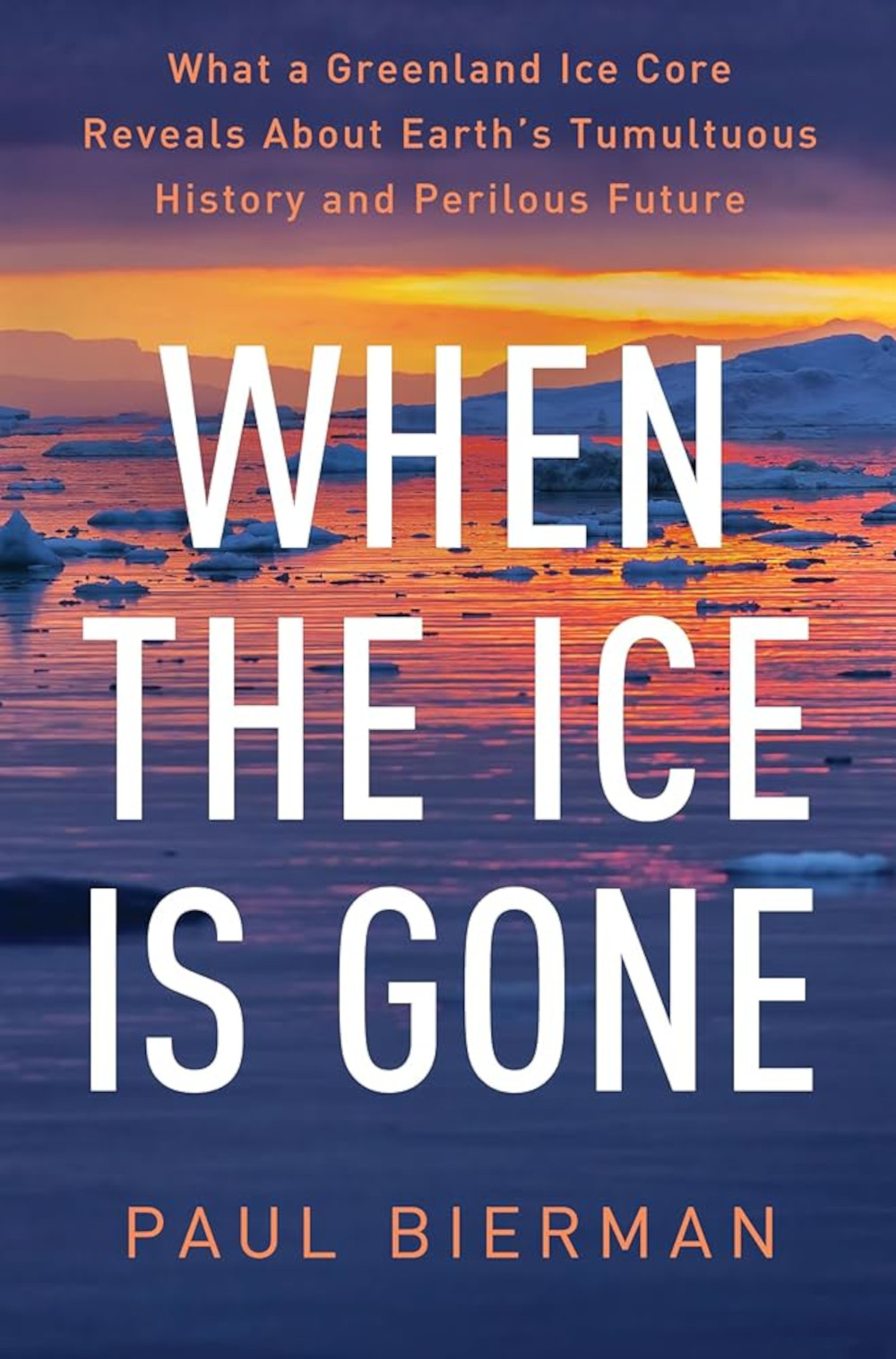
WHAT I LEFT OUT is a recurring feature in which book authors are invited to share anecdotes and narratives that, for whatever reason, did not make it into their final manuscripts. In this installment, author and geoscientist Paul Bierman shares a story that didn’t make it into his recent book, “When the Ice Is Gone: What a Greenland Ice Core Reveals About Earth’s Tumultuous History and Perilous Future” (W.W. Norton & Company).
At the height of the Cold War in the 1950s, as the fear of nuclear Armageddon hung over American and Soviet citizens, idealistic scientists and engineers saw the vast Arctic region as a place of unlimited potential for creating a bold new future. Greenland emerged as the most tantalizing proving ground for their research.
Scientists and engineers working for and with the U.S. military cooked up a rash of audacious cold-region projects — some innovative, many spit-balled, and most quickly abandoned. They were the stuff of science fiction: disposing of nuclear waste by letting it melt through the ice; moving people, supplies, and missiles below the ice using subways, some perhaps atomic powered; testing hovercraft to zip over impassable crevasses; making furniture from a frozen mix of ice and soil; and even building a nuclear-powered city under the ice sheet.
Today, many of their ideas, and the fever dreams that spawned them, survive only in the yellowed pages and covers of magazines like “REAL: the exciting magazine FOR MEN” and dozens of obscure Army technical reports.
Karl and Bernhard Philberth, both physicists and ordained priests, thought Greenland’s ice sheet the perfect repository for nuclear waste. Not all the waste — first they’d reprocess spent reactor fuel so that the long-lived nuclides would be recycled. The remaining, mostly short-lived radionuclides would be fused into glass or ceramic and surrounded by a few inches of lead for transport. They imagined several million radioactive medicine balls about 16 inches in diameter scattered over a small area of the ice sheet (about 300 square miles) far from the coast.
Because the balls were so radioactive, and thus warm, they would melt their way into the ice, each with the energy of a bit less than two dozen 100-watt incandescent light bulbs — a reasonable leap from Karl Philberth’s expertise designing heated ice drills that worked by melting their way through glaciers. The hope was that by the time the ice carrying the balls emerged at the coast thousands or tens of thousands of years later, the radioactivity would have decayed away. One of the physicists later reported that the idea was shown to him by God, in a vision.
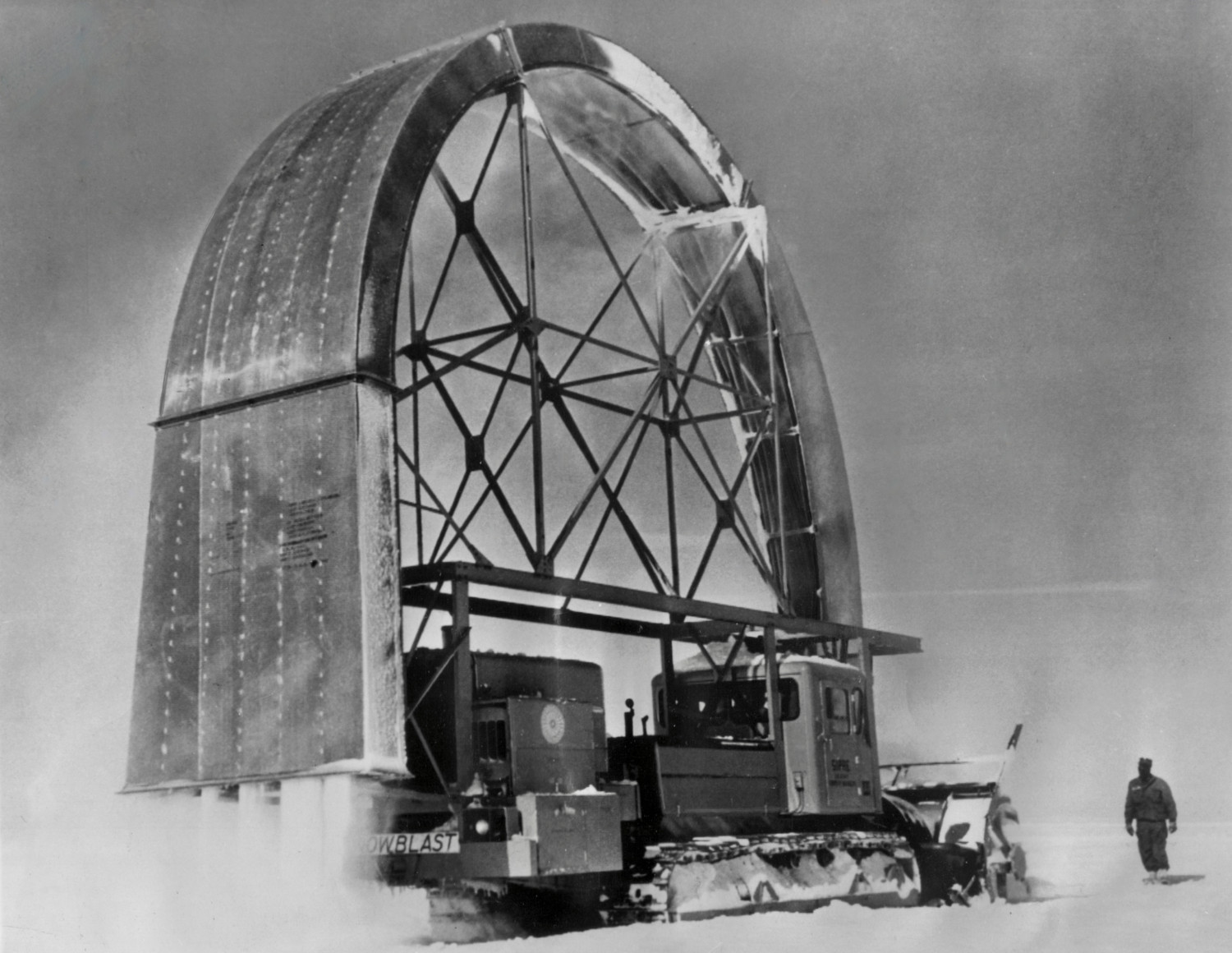
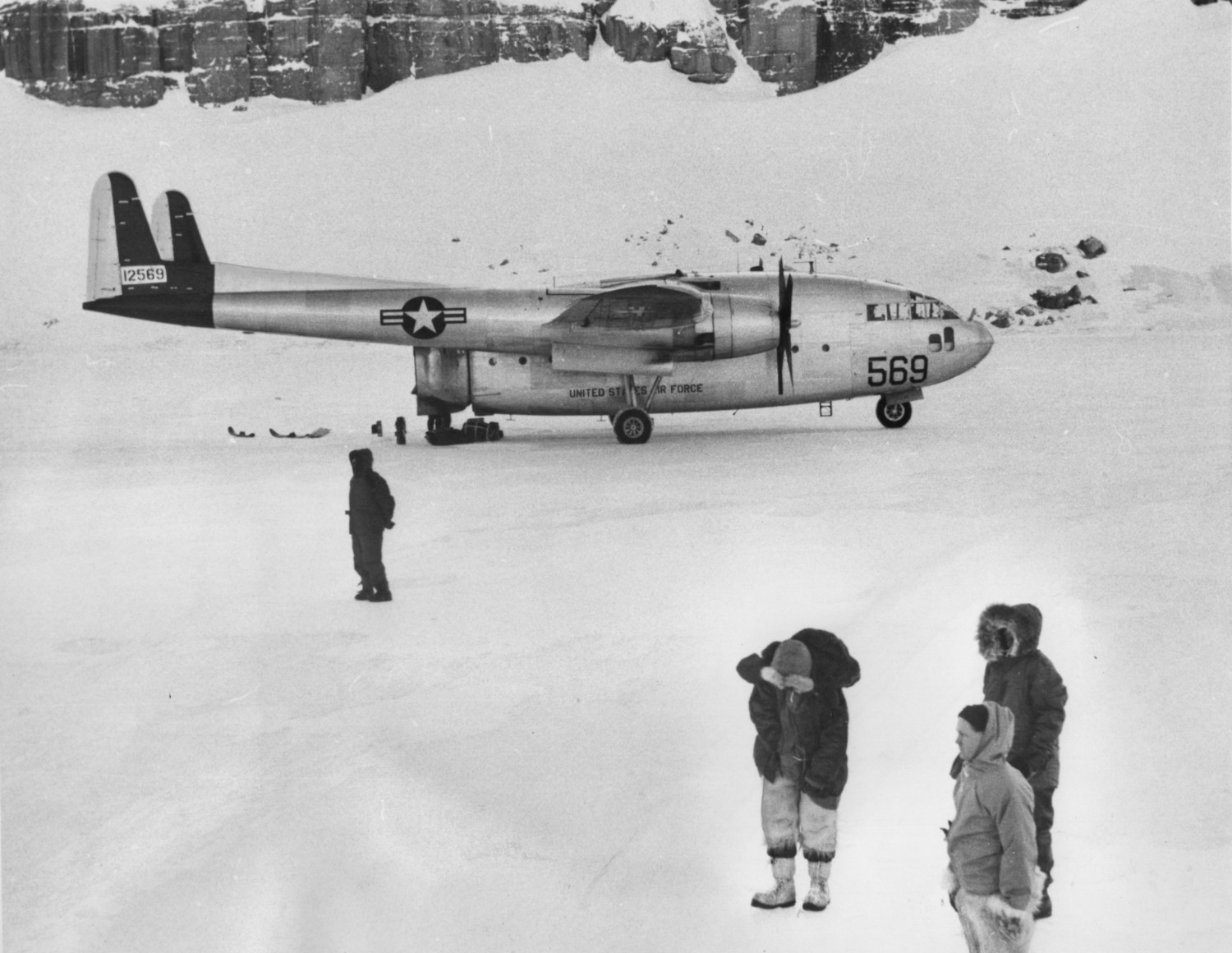
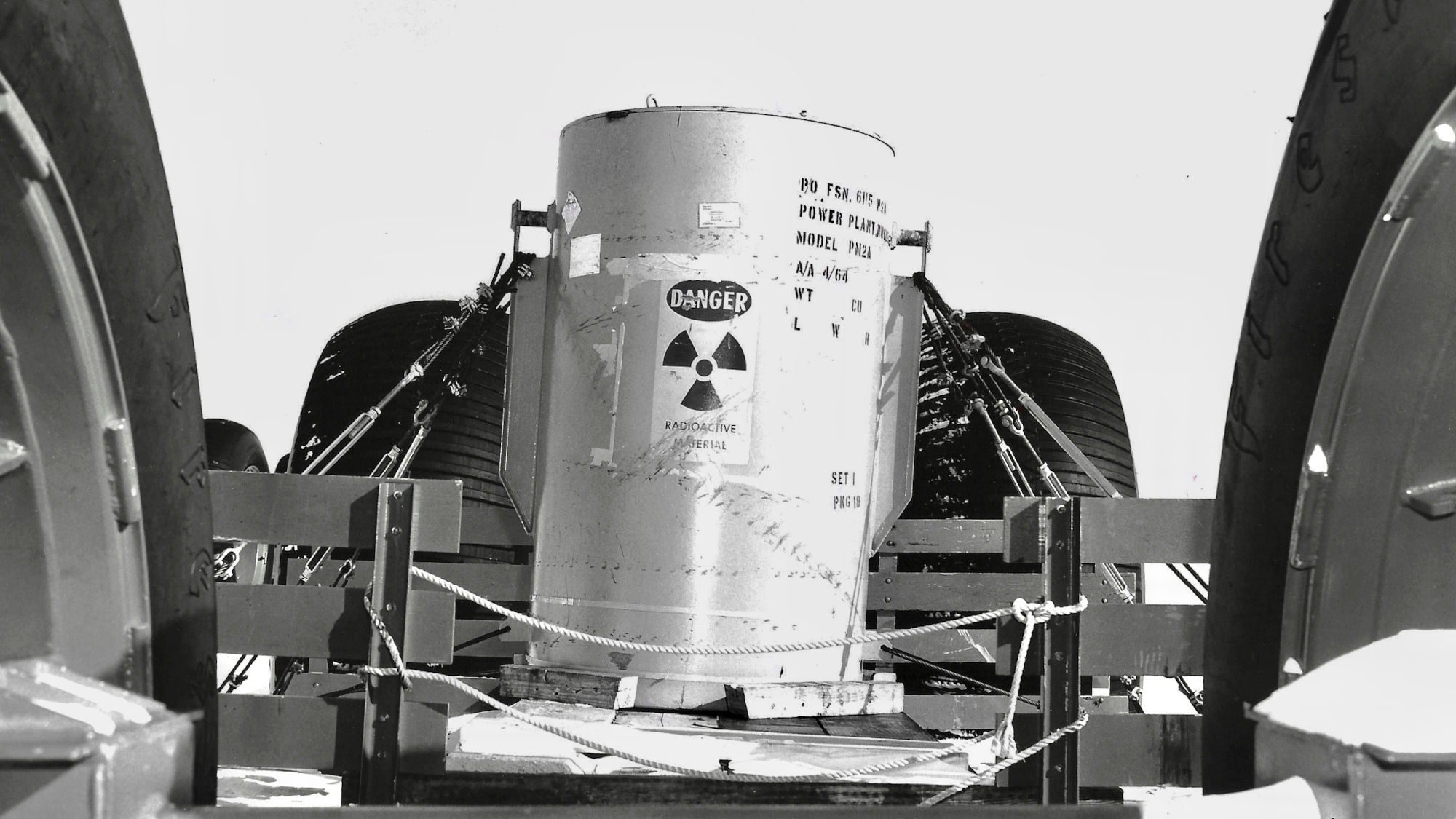
Of course, the plan had plenty of unknowns and led to heated discussion at scientific meetings when it was presented — what, for example, would happen if the balls got crushed or caught up in flows of meltwater near the base of the ice sheet. And would the radioactive balls warm the ice so much that the ice flowed faster at the base, speeding the balls’ trip to the coast?
Logistical challenges, scientific doubt, and politics sunk the project. Producing millions of radioactive glass balls wasn’t yet practical, and the Danes, who at the time controlled Greenland, were never keen on allowing nuclear waste disposal on what they saw as their island. Some skeptics even worried about climate change melting the ice. Nonetheless, the Philberths made visits to the ice sheet and published peer-reviewed scientific papers about their waste dream.
Arctic military imagination predates the Cold War. In 1943, that imagination spawned the Kee Bird — a mystical creature. An early description appears in a poem by A/C Warren M. Kniskern published in the Army’s weekly magazine for enlisted men, YANK. The bird taunts men across the Arctic with its call “Kee Kee Keerist, but it’s cold!” Its name was widely applied. Most well-known, a B-29 bomber named Kee Bird that took off from Alaska with a heading toward the North Pole, but then got badly lost and put down on a frozen Greenland lake in 1947 as it ran out of fuel. An ambitious plan to fly the nearly pristine plane off the ice in the mid-1990s was thwarted by fire. But the Kee bird lineage was by no means extinct.

In February 1955, REAL magazine published the story of the U.S. military’s first base inside Greenland’s ice sheet.
Visual: REAL Magazine
In 1959, The Detroit Free Press, under the headline “The Crazy, Mixed-Up Keebird Can’t Fly,” reported that the Army was testing a new over-snow vehicle. This Keebird was not a flying machine but rather a snowmobile/tractor/airplane chimera that would cut travel time across the ice sheet by a factor of 10 or more. Unlike similar but utilitarian contraptions of the 1930s, developed in the central plains of North America and Russia and equipped with short skis, boxy bodies, and propellors that pushed them along, this new single-propped version was built for sheer speed.
The prototype hit 40 miles per hour at the Army’s testing facility in Houghton, Michigan, thanks to the “almost friction-proof” Teflon coating on its 25-foot-long skis and a 300-horsepower airplane engine that spun the propellor. The goal was for the machine to hit a hundred miles per hour but after several failed tests, and a few technical publications, it warranted only the one syndicated newspaper article written by Jean Hanmer Pearson, who was a military pilot in World War II before she became a journalist and one of the first women to set foot on the South Pole. The Soviet version, known as an “airsleigh”, was short, stout, and armed with weapons for Arctic combat. There’s no record the Army’s Keebird carrying weapons.
In 1964, the Army tested a distant relative of the Keebird in Greenland. The Carabao, which floated over the ground and over water or snow on a cushion of air, was developed by Bell Aerosystems Company and had been previously tested in tropical locales, including southern Florida. It carried two men and 1,000 pounds of cargo, and had a top speed of 60 miles per hour. The air cushion vehicle skimmed over crevasses but was grounded by even moderate winds, an all-too-common occurrence on the ice sheet.
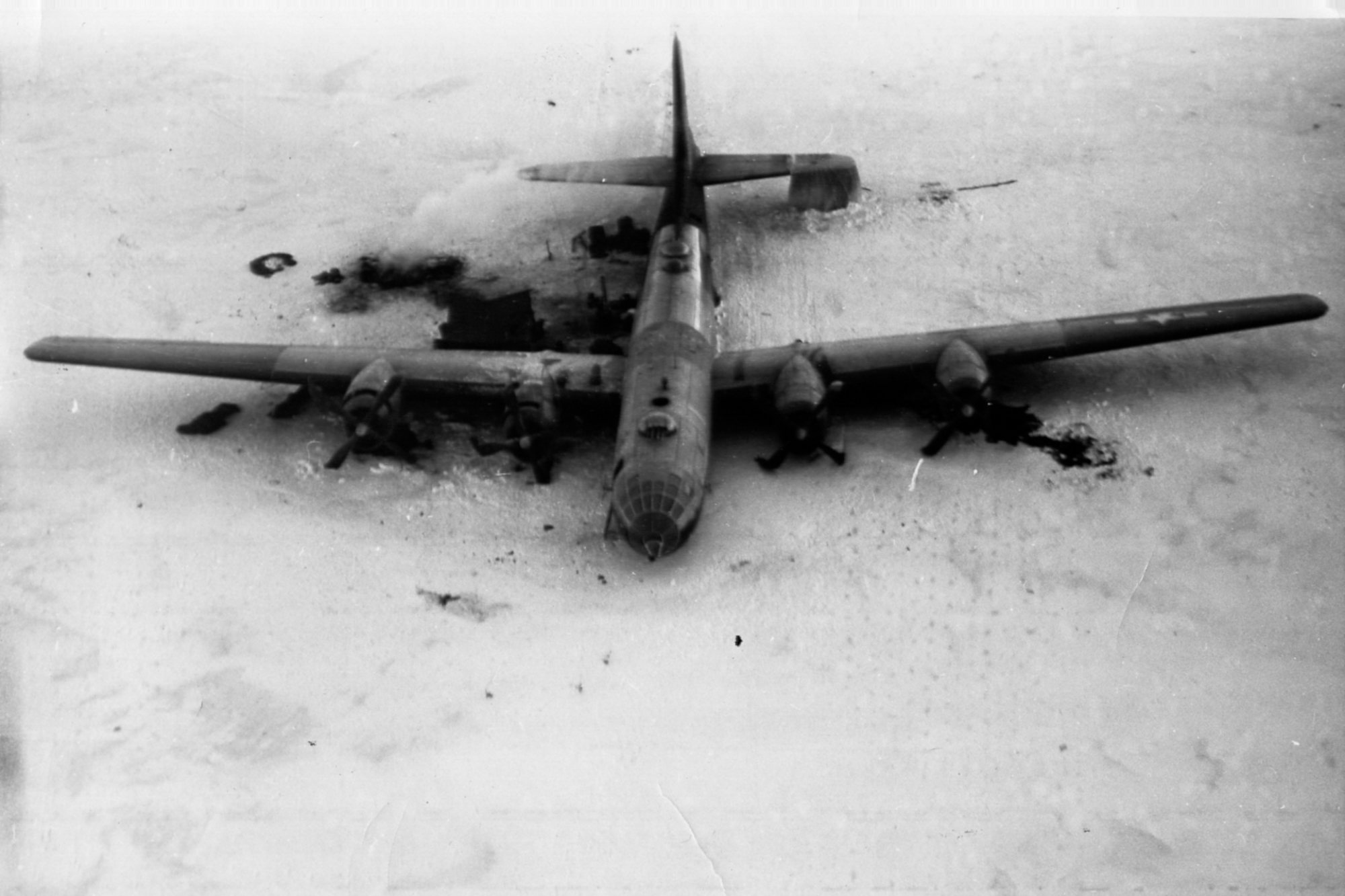

Another problem: The craft went uphill fine, but going downhill was another matter because it had no brakes. Unsurprisingly, the Carabao — its namesake a Philippine water buffalo — proved to be unsuited for ice travel despite the claim that: “All this is no mere pipe-dream following an overdose of science-fiction. The acknowledged experts are thinking hard about the future use of hovercraft in Polar travel.” Despite all the hard thinking, hovercraft have yet to catch on and are still rarely used for Arctic travel and research.
In 1956, Colliers, a weekly magazine once read by millions of Americans, published an article titled “Subways Under the Icecap.” It was a sensationalized report of Army activities in Greenland and opened with a photograph of an enlisted soldier holding a pick. Behind him, a 250-foot tunnel, mostly excavated by hand and lit only by lanterns, probed the Greenland ice sheet. Colliers included a simple map and a stylistic cut-away showing an imaginary rail line slicing across northwestern Greenland. But the Army’s ice tunnels ended only about a thousand feet from where they started — doomed by the fragility of their icy walls, which crept inward up to several feet each year, closing the tunnels like a healing wound. The subway never happened.
That didn’t stop the Army from proposing Project Iceworm — a top-secret plan that might represent peak weirdness. A network of tunnels would crisscross northern Greenland over an area about the size of Alabama. Hundreds of missiles, topped with nuclear warheads, would roll through the tunnels on trains, pop up at firing points, and if needed, respond to Soviet aggression by many annihilating many Eastern Block targets. Greenland was much closer to Europe than North America, allowing a prompt strategic response, and the snow provided cover and blast protection. Iceworm would be a giant under-snow shell game of sorts, which the Army would power using portable nuclear reactors.
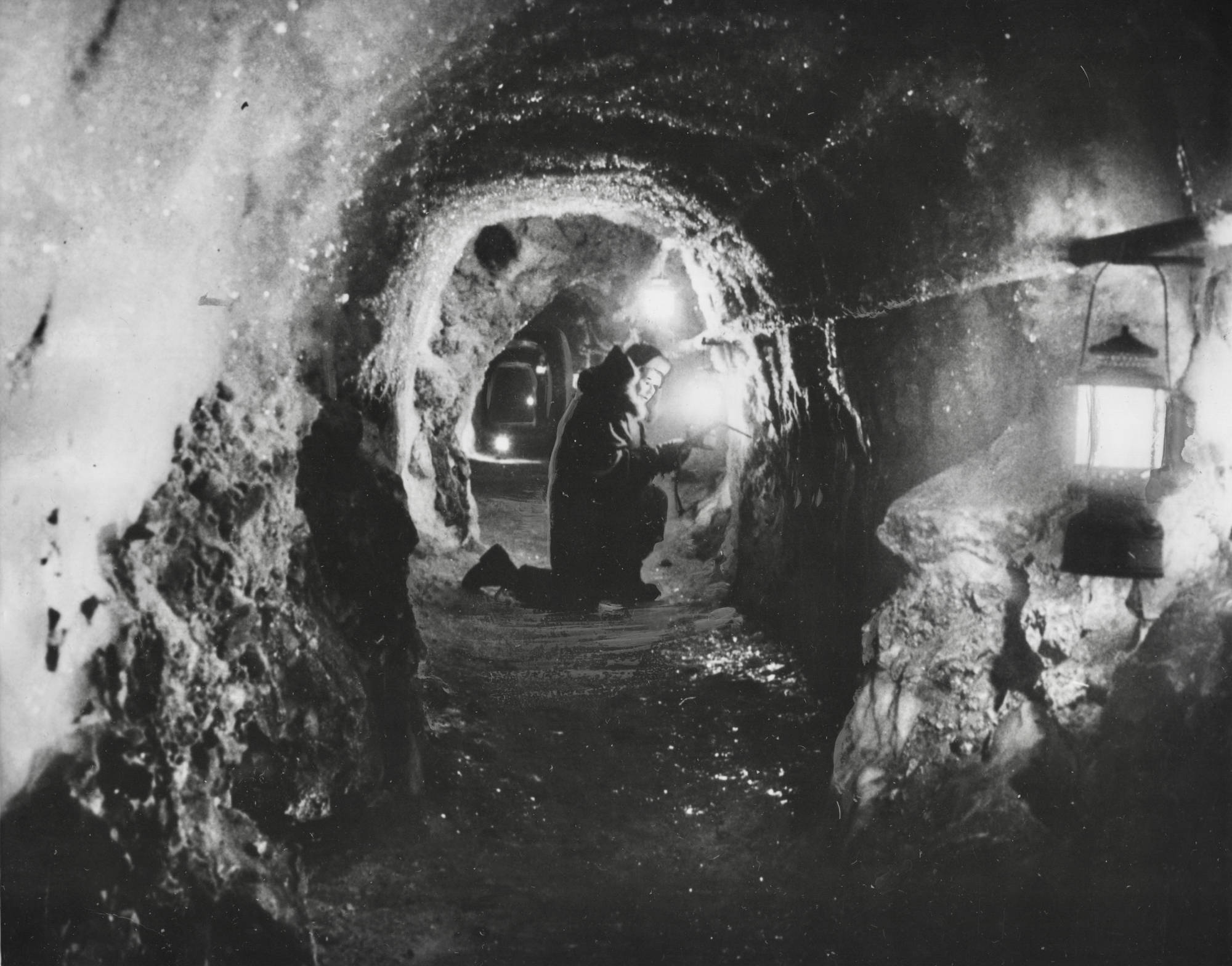
Except it wasn’t a game. The Army hired the Spur and Siding Constructors Company of Detroit, Michigan, to scope out and price the rail project. A 1965 report, complete with maps of stations and sidings where trains would sit when not in use, concluded that contractors could build a railroad stretching 22 miles over land and 138 miles inside the ice sheet for a mere $47 million (or roughly $470 million today). The company suggested studying nuclear-powered locomotives because they reduced the risk of heat from diesel engines melting the frozen tunnels. Never mind that no one had ever built a nuclear locomotive or run rails through tunnels crossing constantly shifting crevasses.
But in the end, Iceworm amounted only to a single railcar, 1,300 feet of track, and an abandoned military truck on railroad wheels.
The split personality of Arctic permafrost frustrated Army engineers. When frozen in the winter, it was stable but difficult to excavate. But in the summer, under the warmth of 24-hour sunshine, the top foot or two of soil melted, creating an impassable quagmire for people and vehicles. When the permafrost under airstrips melted, the pavement buckled, and the resulting potholes could damage landing gear. The military responded by painting Arctic runways white to reflect the constant summer sunshine and keep the underlying permafrost cool — a potentially good idea grounded in physics that was stymied by the fact that the paint reduced the braking ability of planes.
The military engineers, ever optimistic, put a more positive spin on permafrost. Trying to use native materials in the Arctic, where transportation costs were exceptionally high, they made a synthetic version of permafrost that they nicknamed permacrete – a mashup of the words permafrost and concrete. First, they mixed the optimal amount of water and dry soil. Then, after allowing the mix to freeze solid in molds, they made beams, bricks, tunnel linings, and even a chair. But permacrete never caught on as a building material, likely because one warm day was all it would take to turn even the most robust construction project into a puddle of mud.
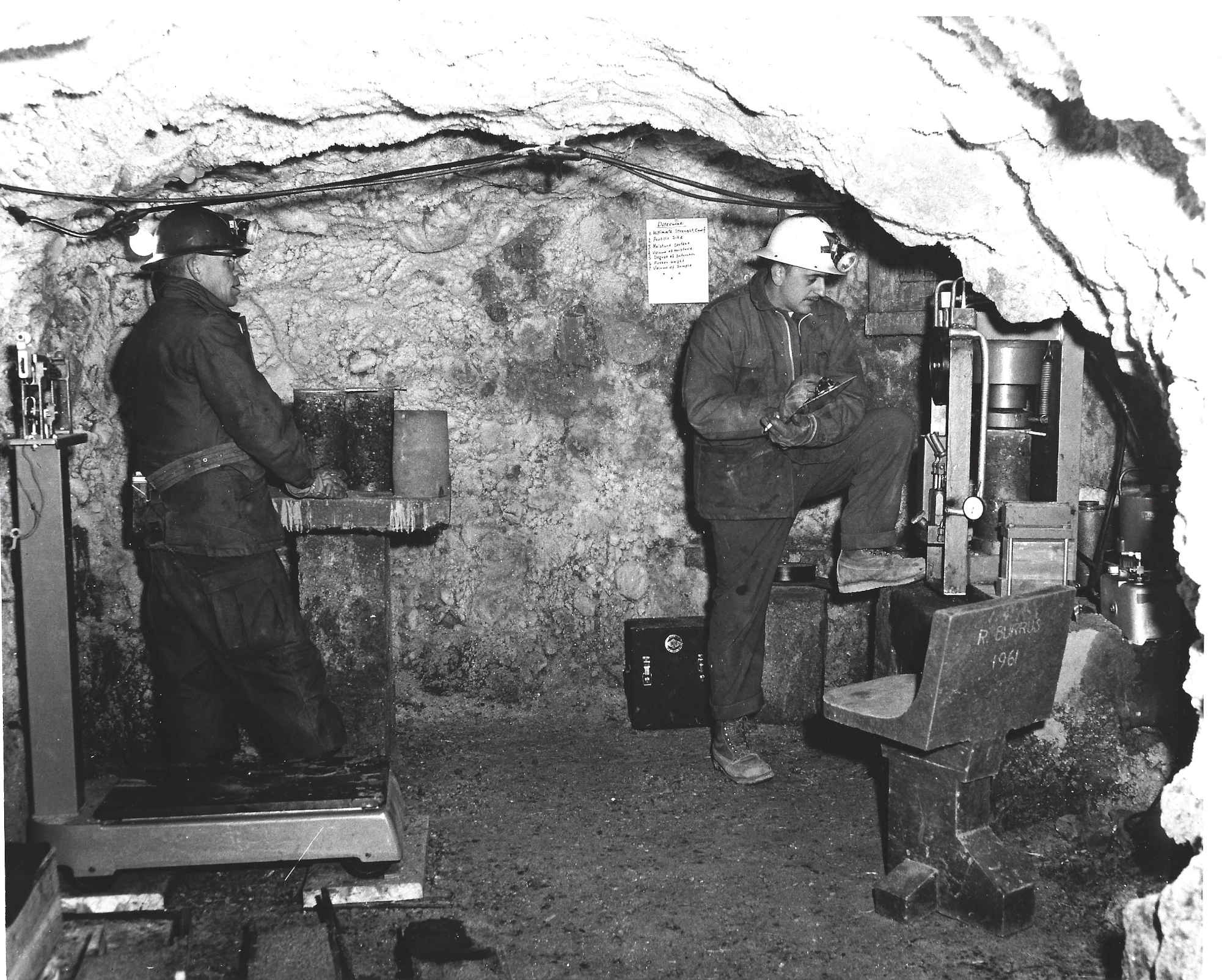
The Army’s most ambitious Arctic dream actually came true. In 1959, engineers began building Camp Century, known by many as the City Under the Ice. A 138-mile ice road led to the camp that was about 100 miles inland from the edge of the ice sheet. Almost a vertical mile of ice separated the camp from the rock and soil below.
Camp Century contained several dozen massive trenches, one more than a thousand feet long, all carved into the ice sheet by giant snowplows and then covered with metal arches and more snow. Inside were heated bunkrooms for several hundred men, a mess hall, and a portable nuclear power plant. The first of its kind, the reactor provided unlimited hot showers and plenty of electrical power.
The camp was ephemeral. In less than a decade, flowing ice crushed Century — but not before scientists and engineers drilled the first deep ice core that eventually penetrated the full thickness of Greenland’s ice sheet. In 1966, the last season the Army occupied Camp Century, drillers recovered more than 11 feet of frozen soil from beneath the ice — another first.
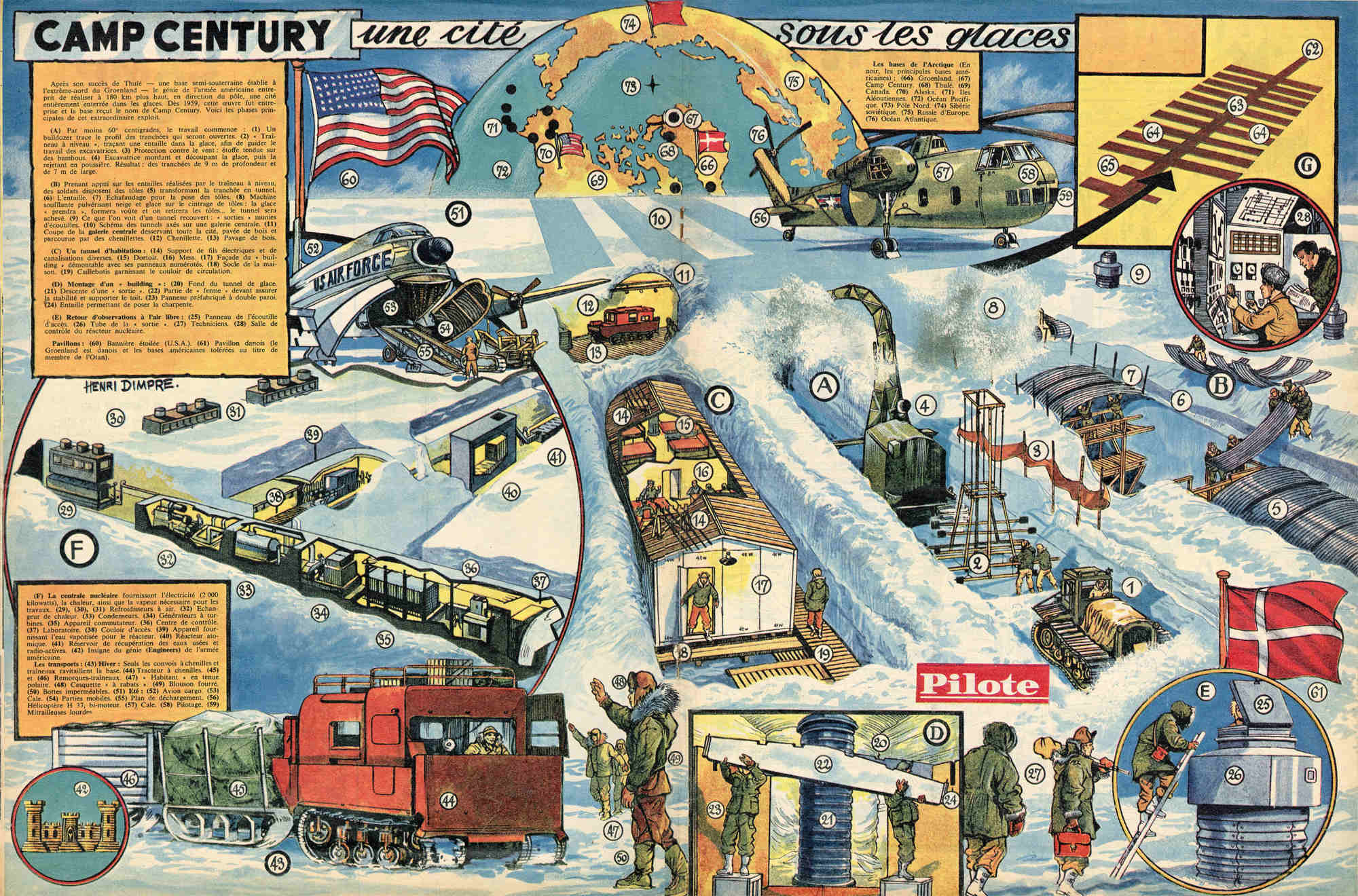
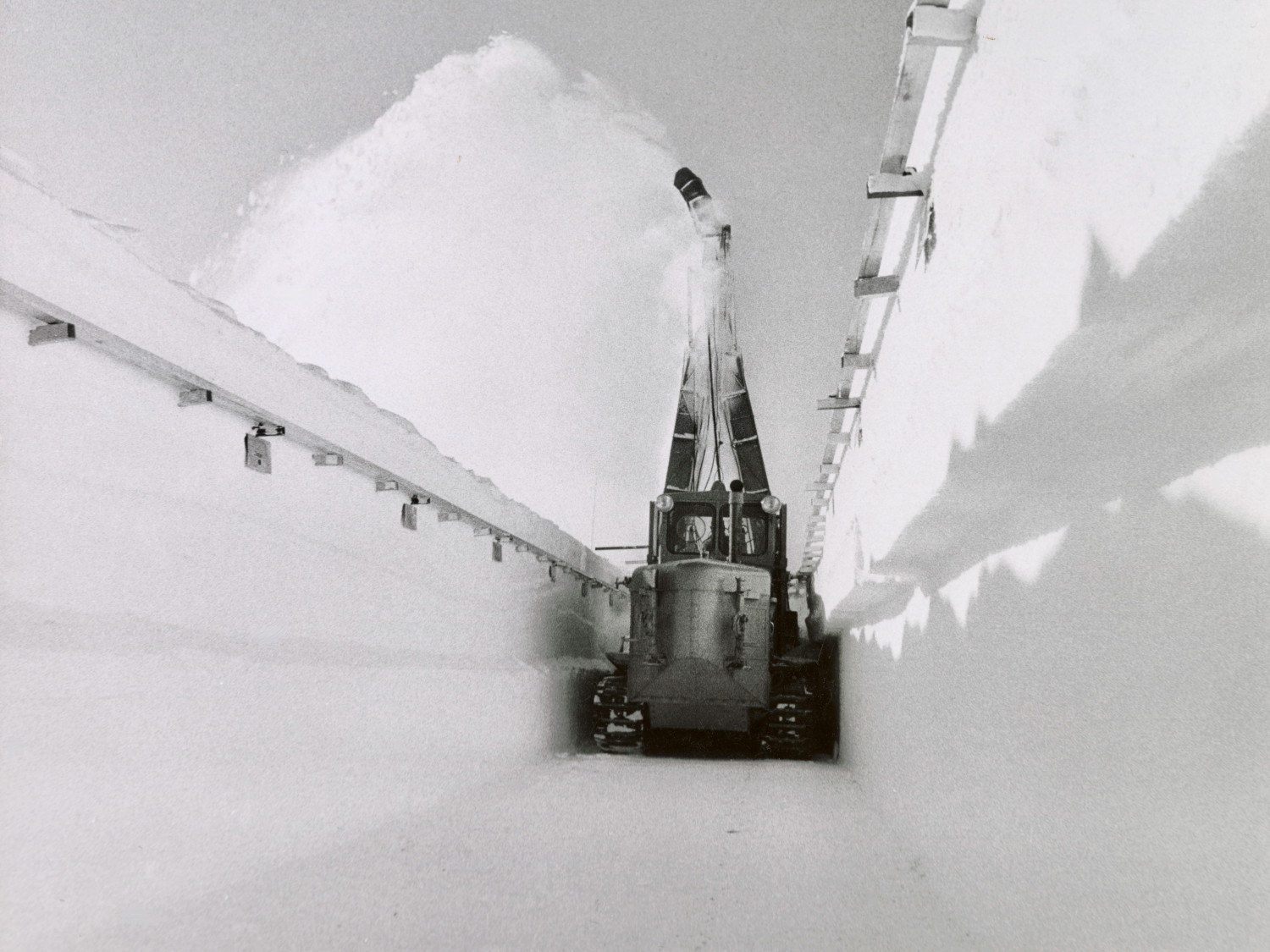
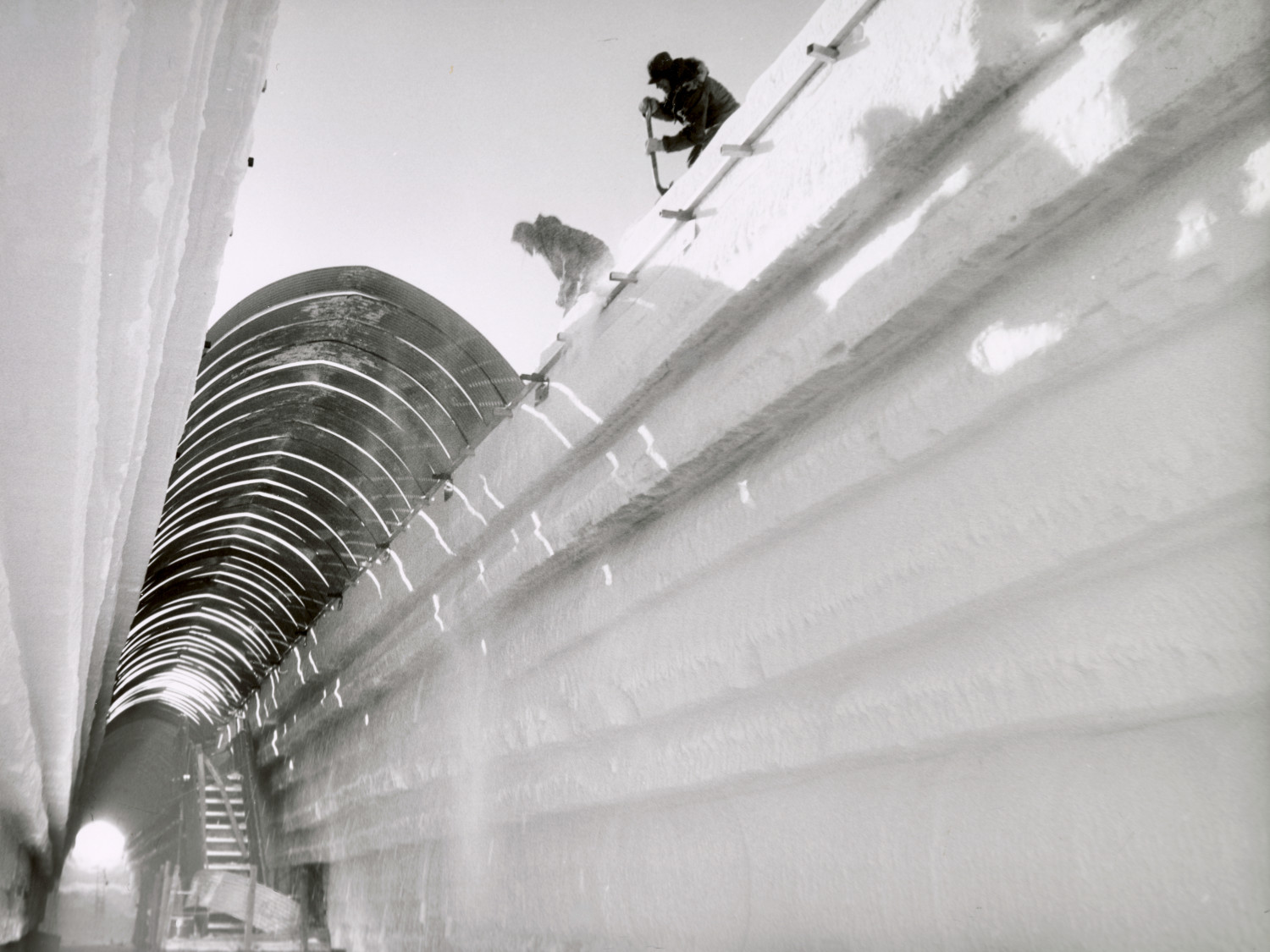
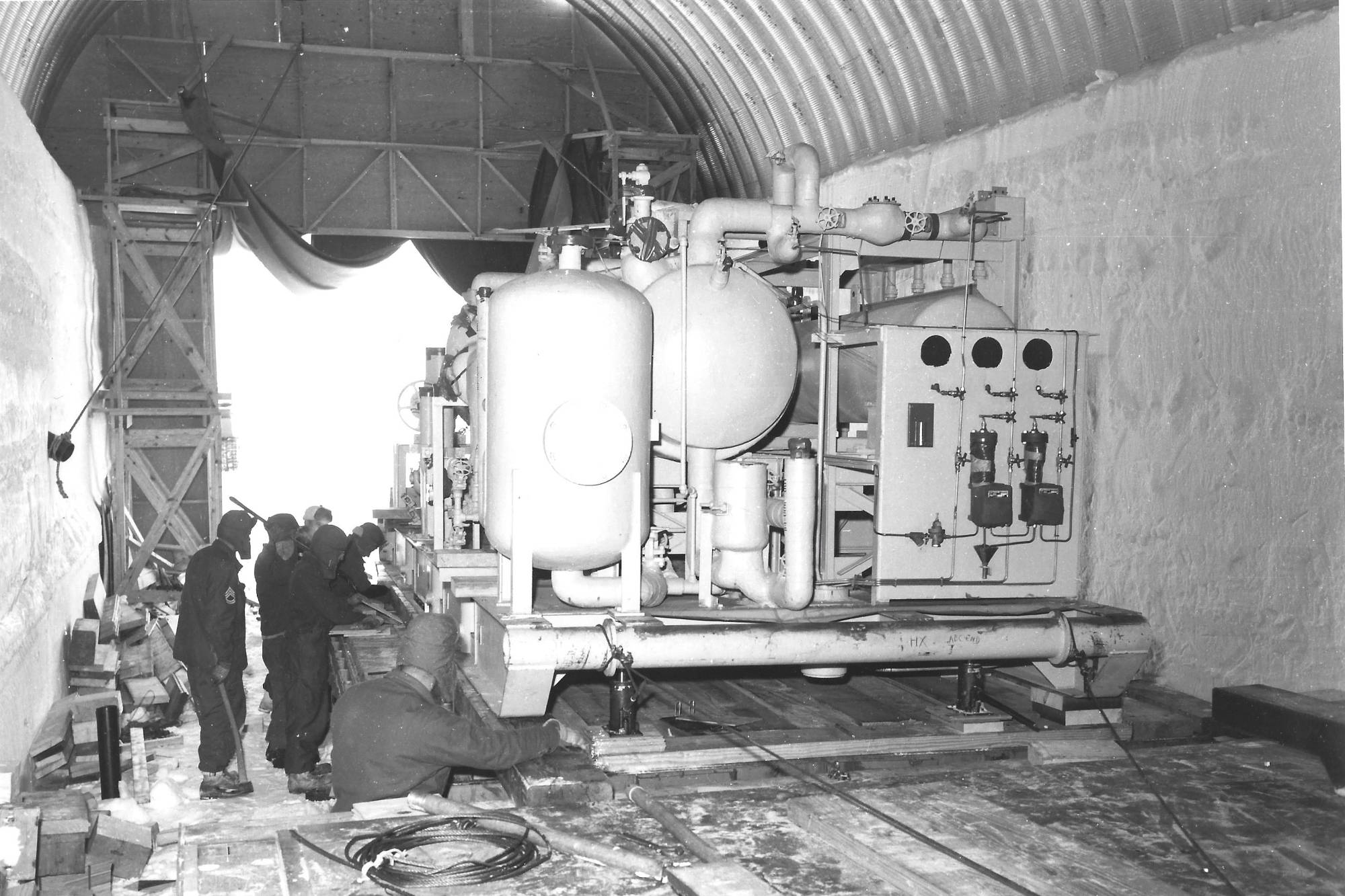
Little studied, the Camp Century soil vanished in 1993, but was rediscovered by Danish scientists in the late 2010s, safely frozen in Copenhagen. Samples revealed that the soil contained abundant plant and insect fossils, unambiguous evidence that large parts of Greenland were free of ice some 400,000 years ago, when the Earth was about the same temperature as today but had almost 30 percent less carbon dioxide in the atmosphere.
In half century or so since the demise of Camp Century, global warming has begun melting large amounts of Greenland’s ice. The past 10 years are the warmest on record, and the ice sheet is shrinking a bit more every year. That’s science, not fiction, and a world away from the heady optimism of the Cold War dreamers who once envisioned a future embedded in ice.
UPDATE: A previous version of this piece stated that Camp Century soil was rediscovered by Danish scientists in 2018. The piece has been updated to reflect differing recollections among researchers.
Paul Bierman is a geoscientist and a professor of environmental science and natural resources at the University of Vermont. He is the author, most recently, of “When the Ice Is Gone: What a Greenland Ice Core Reveals About Earth’s Tumultuous History and Perilous Future,” a study of Greenland, the Cold War, and the collection and analysis of the world’s first deep ice core. Bierman’s research in Greenland is supported by the U.S. National Science Foundation.









